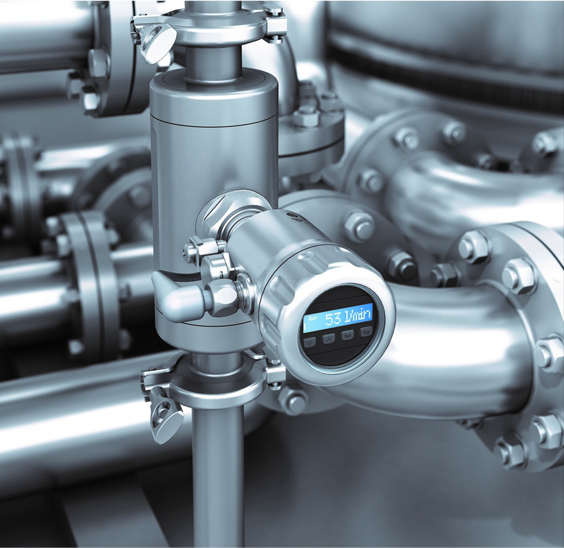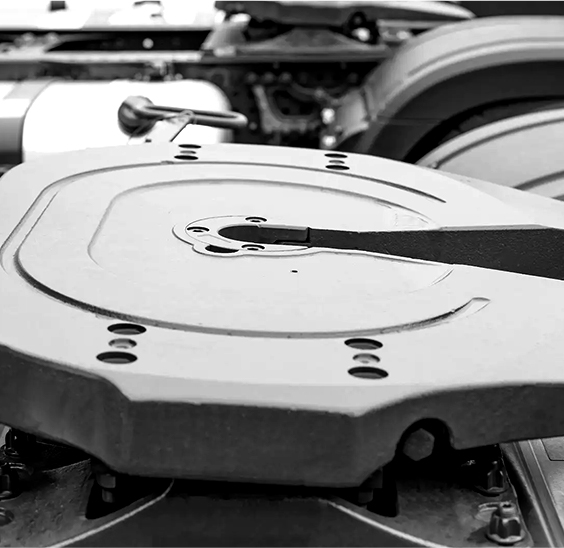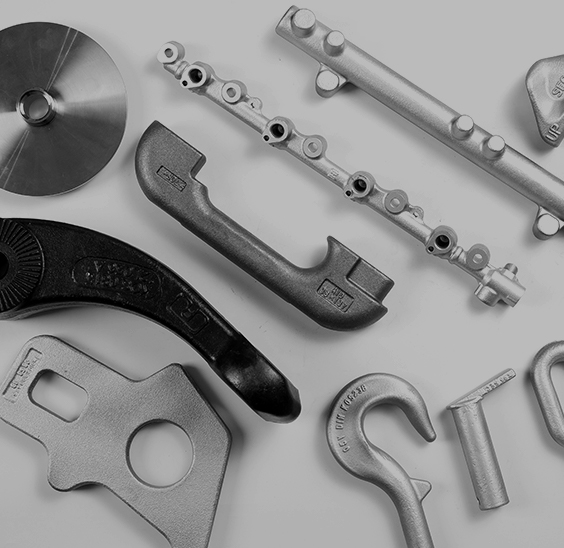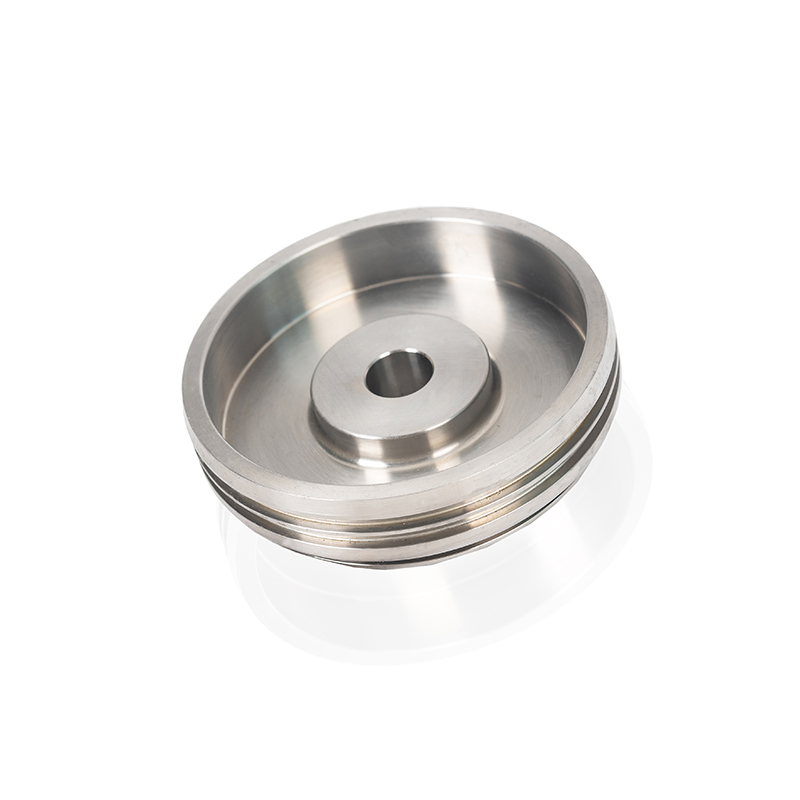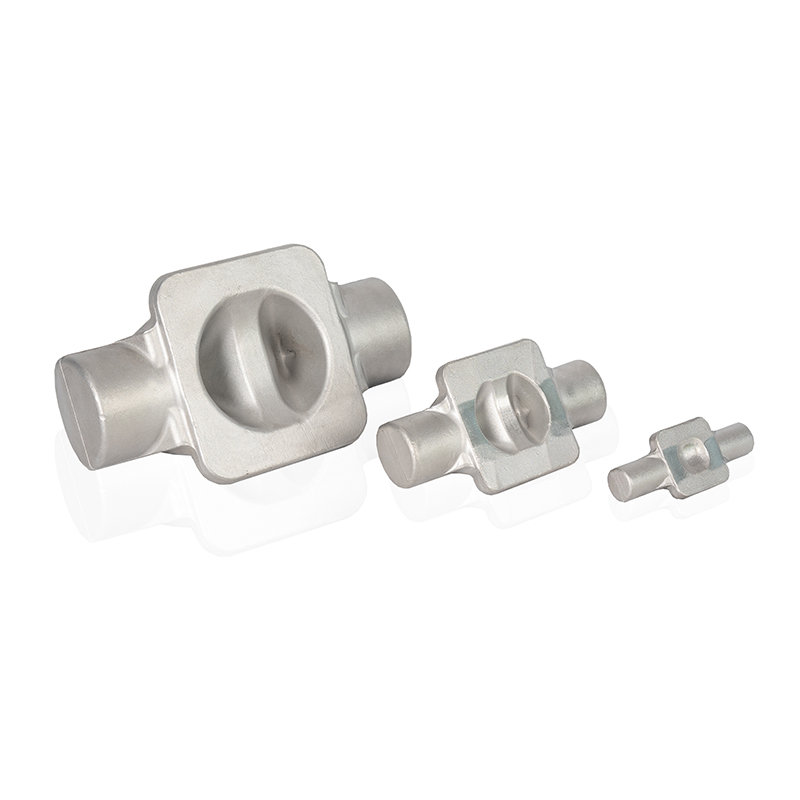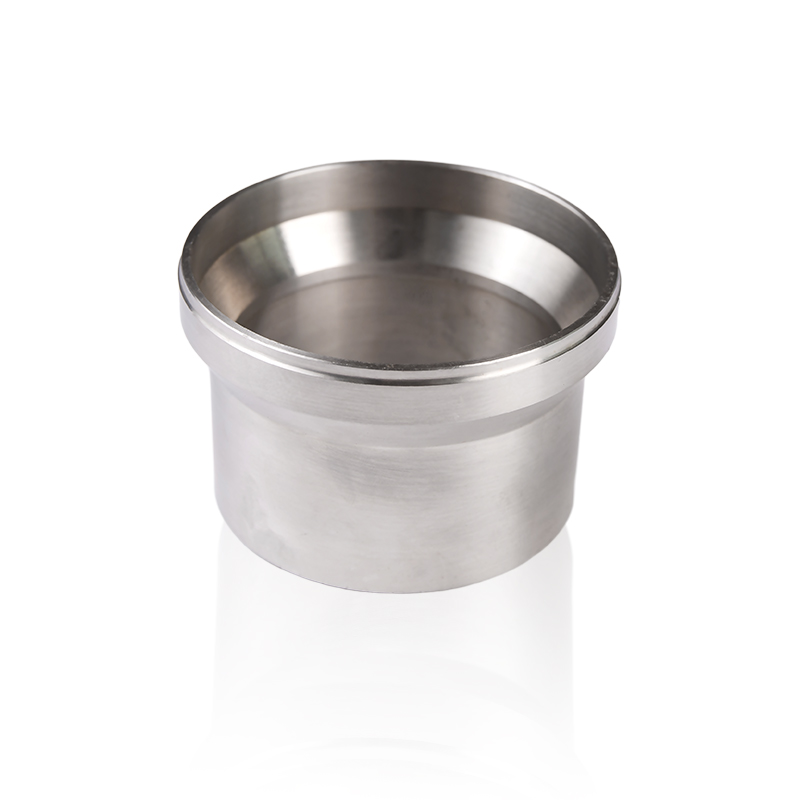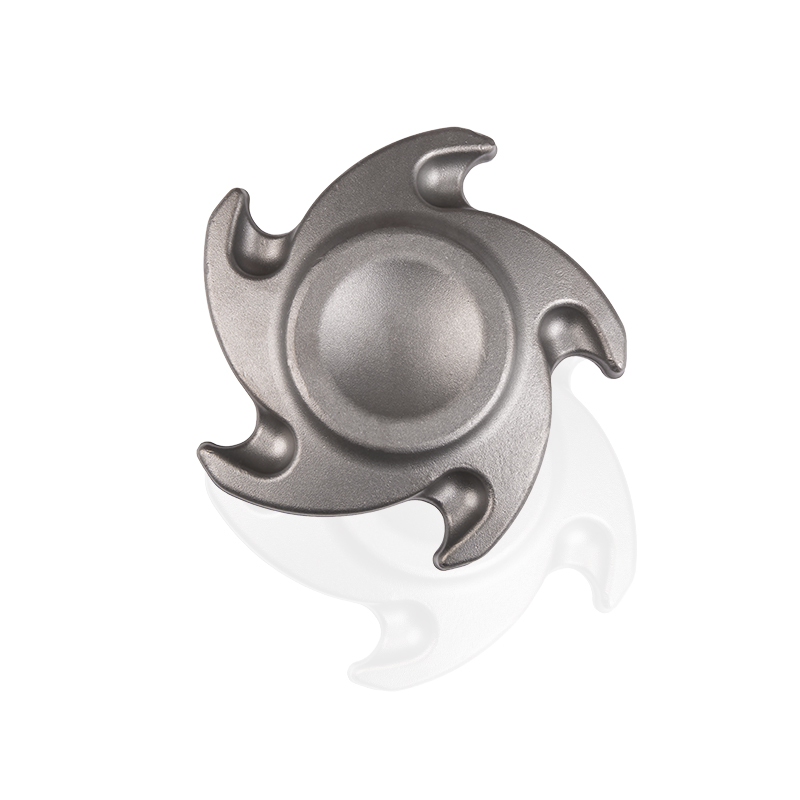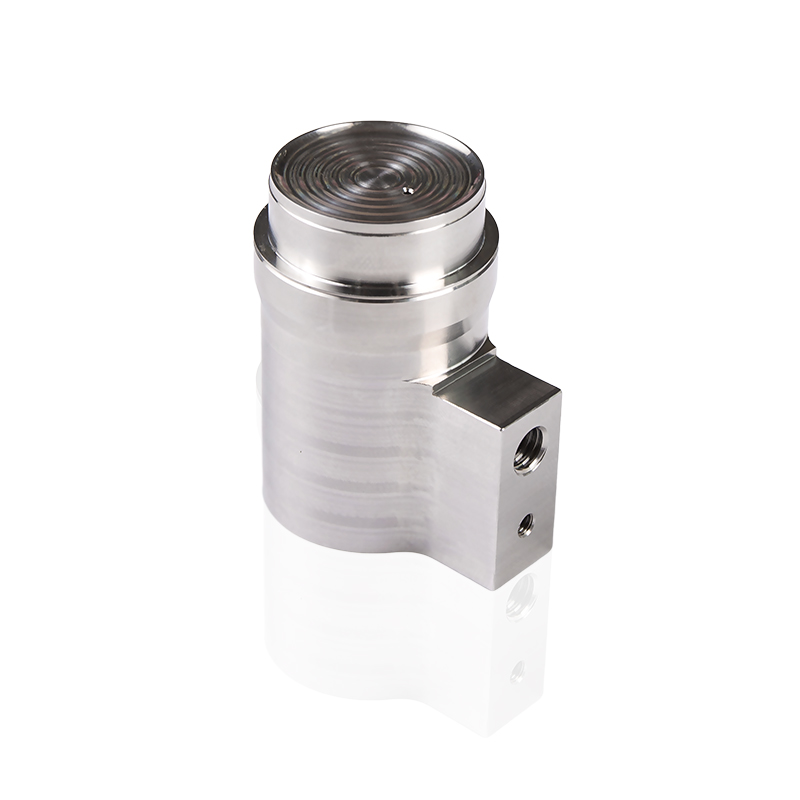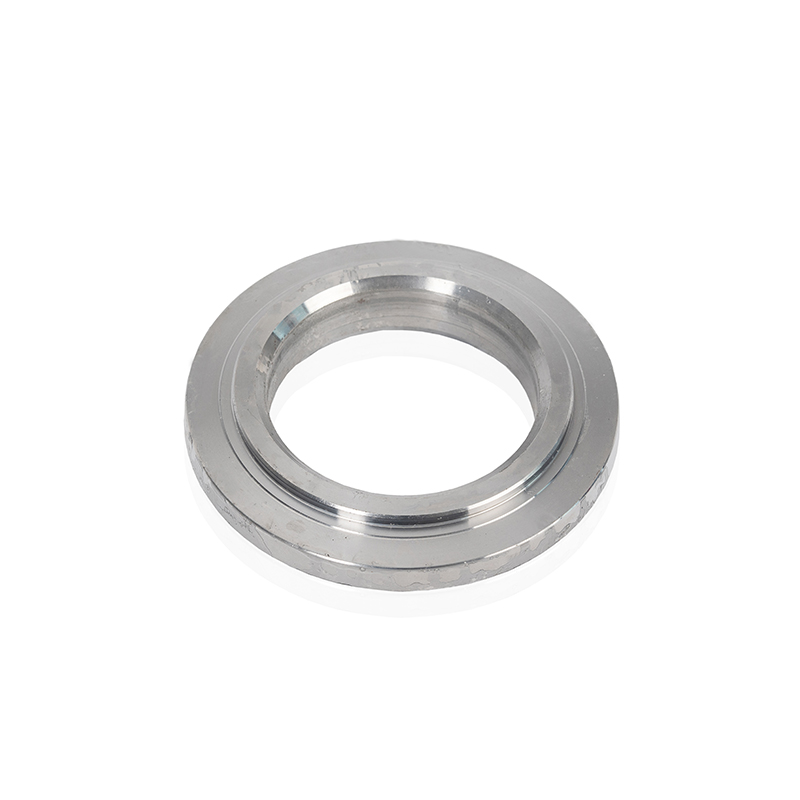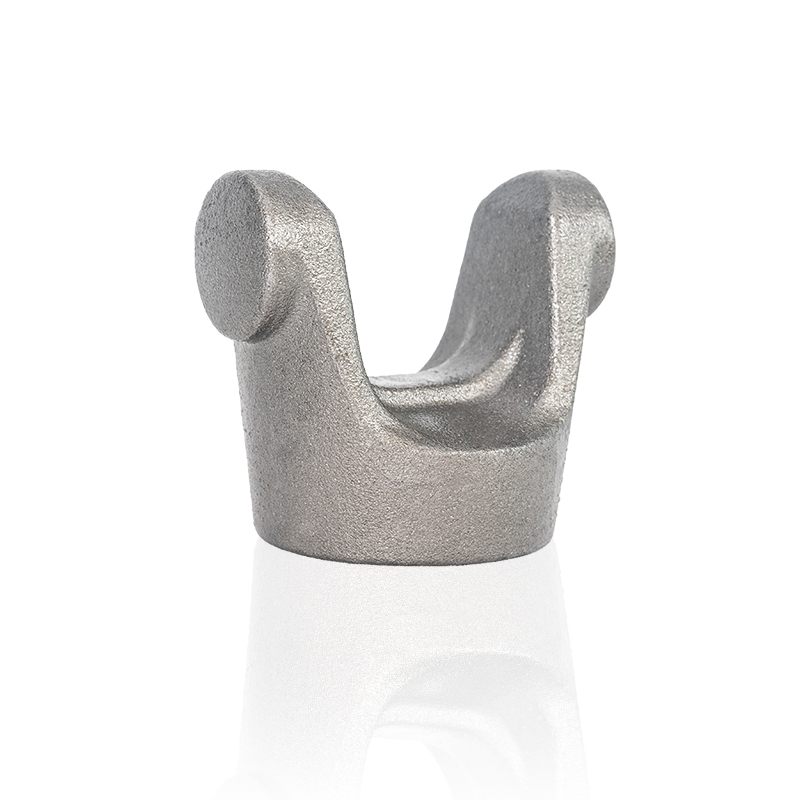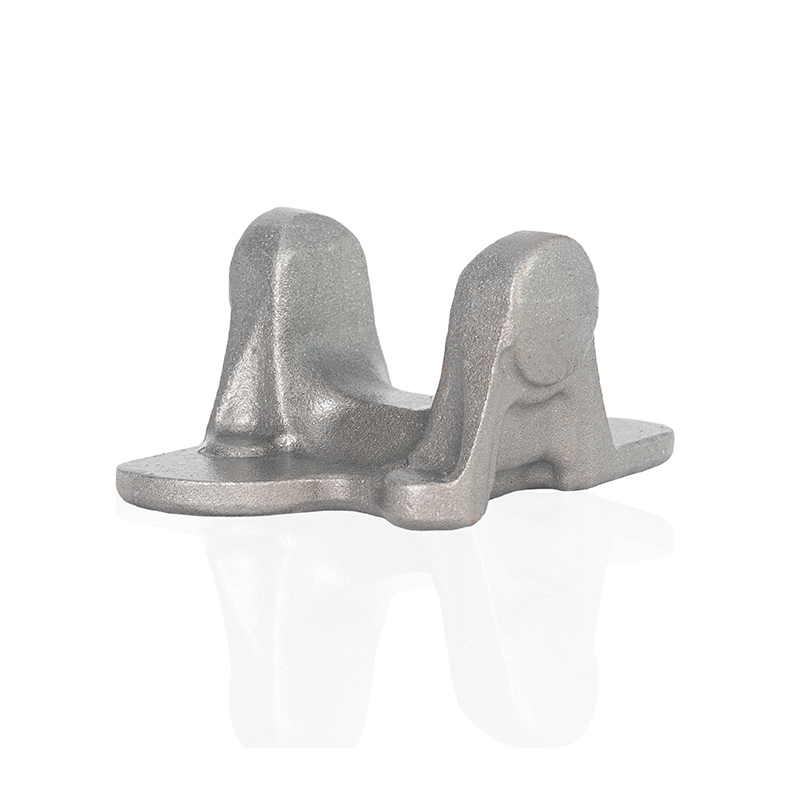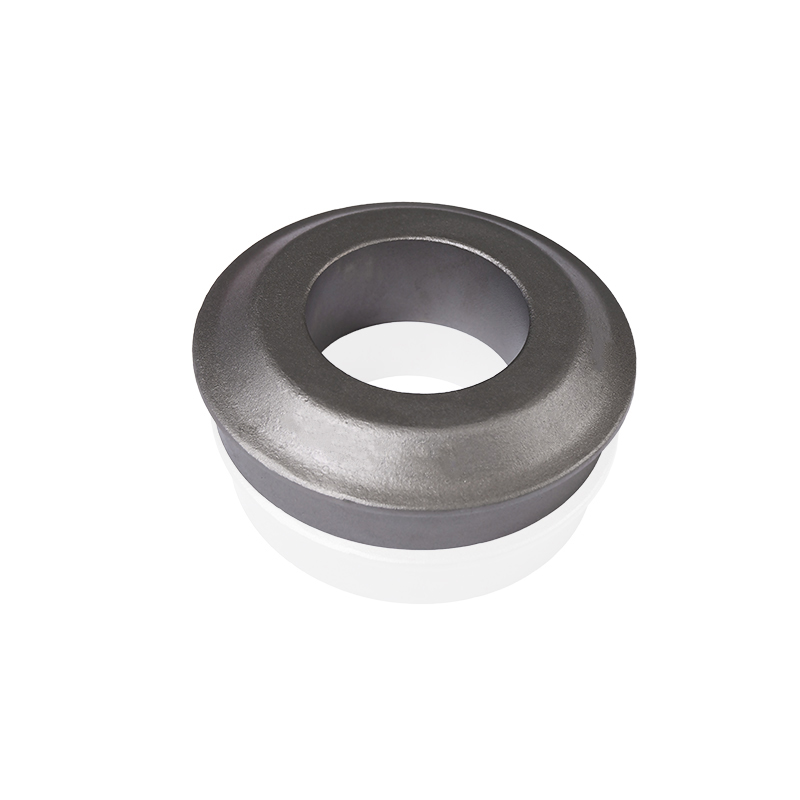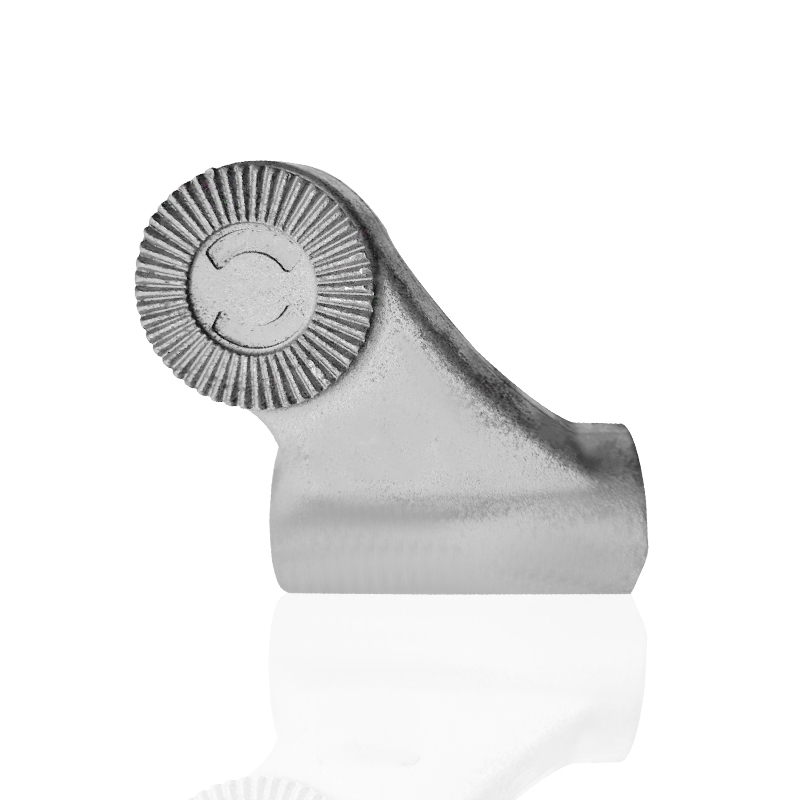How should fluid pump valve malfunctions be diagnosed and handled? What are some common malfunctions and their solutions?
 2024.04.15
2024.04.15
 Industry news
Industry news
When fluid pump valves malfunction, timely diagnosis and handling are necessary to ensure the normal operation of the fluid pump system. Here are some common fluid pump valve malfunctions and their diagnosis and handling methods:
Common Malfunction Diagnosis Methods
Observation Method: Directly observe the appearance, connection parts, and working status of the pump valve to see if there are any abnormal phenomena such as leaks or looseness.
Listening Method: Listen to the sounds produced by the pump valve during operation to determine if there are abnormal noises or vibrations, indicating a possible malfunction.
Measurement Method: Use instruments to measure parameters such as pressure, flow rate, and temperature of the pump valve and compare them with normal values to identify any malfunctions. Solutions
Solutions
Leakage in pump valves may be caused by aging or improper installation of sealing components. The solution may involve replacing the sealing components and ensuring correct installation, along with regular inspections and maintenance to prevent leaks.
Valve sticking can result from impurities or debris in the medium, blockages, or damaged valve cores. Clean the valve body to remove impurities and debris, replace damaged valve cores, and ensure a clean medium to reduce the occurrence of sticking.
Inflexible valve operation may be due to faults in the actuator or bent valve stems. Inspect and repair the actuator, replace bent valve stems, and ensure a good working environment for the fluid pump valves valve to prevent bending due to external forces.
Unstable fluid flow, poor pipeline support, or improper valve selection can lead to valve vibrations and noise. Optimize fluid flow conditions by adding dampers, strengthen pipeline support, and re-select valves suitable for the operating conditions.
Additionally, for complex malfunctions, more specialized diagnostic methods such as vibration analysis or spectral analysis may be necessary to determine the specific cause. Always follow safety protocols when handling malfunctions to ensure the safety of personnel and equipment.
In conclusion, diagnosing and handling fluid pump valve malfunctions require a case-by-case approach. By using a variety of diagnostic methods and technical means, accurately identifying the type and cause of malfunctions and taking appropriate measures, you can ensure the normal operation of the fluid pump system.
Common Malfunction Diagnosis Methods
Observation Method: Directly observe the appearance, connection parts, and working status of the pump valve to see if there are any abnormal phenomena such as leaks or looseness.
Listening Method: Listen to the sounds produced by the pump valve during operation to determine if there are abnormal noises or vibrations, indicating a possible malfunction.
Measurement Method: Use instruments to measure parameters such as pressure, flow rate, and temperature of the pump valve and compare them with normal values to identify any malfunctions.

Leakage in pump valves may be caused by aging or improper installation of sealing components. The solution may involve replacing the sealing components and ensuring correct installation, along with regular inspections and maintenance to prevent leaks.
Valve sticking can result from impurities or debris in the medium, blockages, or damaged valve cores. Clean the valve body to remove impurities and debris, replace damaged valve cores, and ensure a clean medium to reduce the occurrence of sticking.
Inflexible valve operation may be due to faults in the actuator or bent valve stems. Inspect and repair the actuator, replace bent valve stems, and ensure a good working environment for the fluid pump valves valve to prevent bending due to external forces.
Unstable fluid flow, poor pipeline support, or improper valve selection can lead to valve vibrations and noise. Optimize fluid flow conditions by adding dampers, strengthen pipeline support, and re-select valves suitable for the operating conditions.
Additionally, for complex malfunctions, more specialized diagnostic methods such as vibration analysis or spectral analysis may be necessary to determine the specific cause. Always follow safety protocols when handling malfunctions to ensure the safety of personnel and equipment.
In conclusion, diagnosing and handling fluid pump valve malfunctions require a case-by-case approach. By using a variety of diagnostic methods and technical means, accurately identifying the type and cause of malfunctions and taking appropriate measures, you can ensure the normal operation of the fluid pump system.



